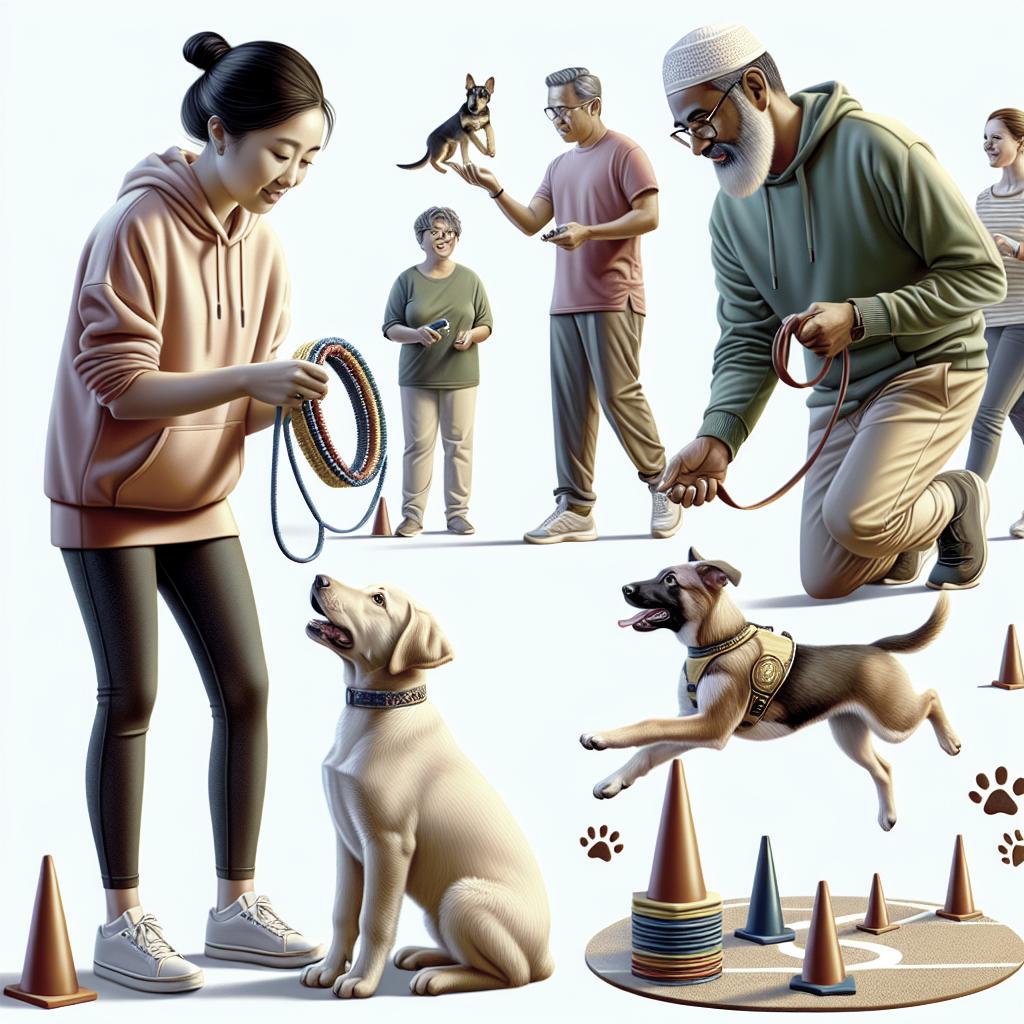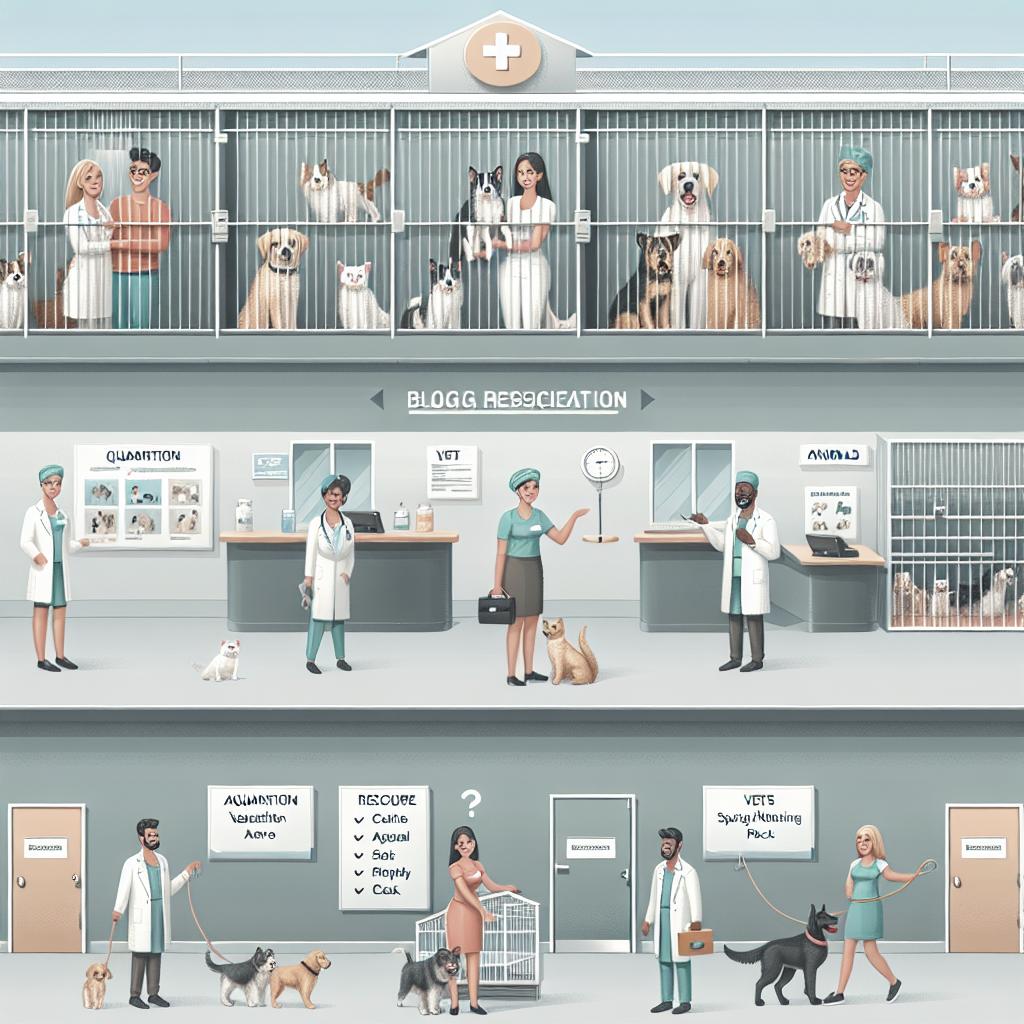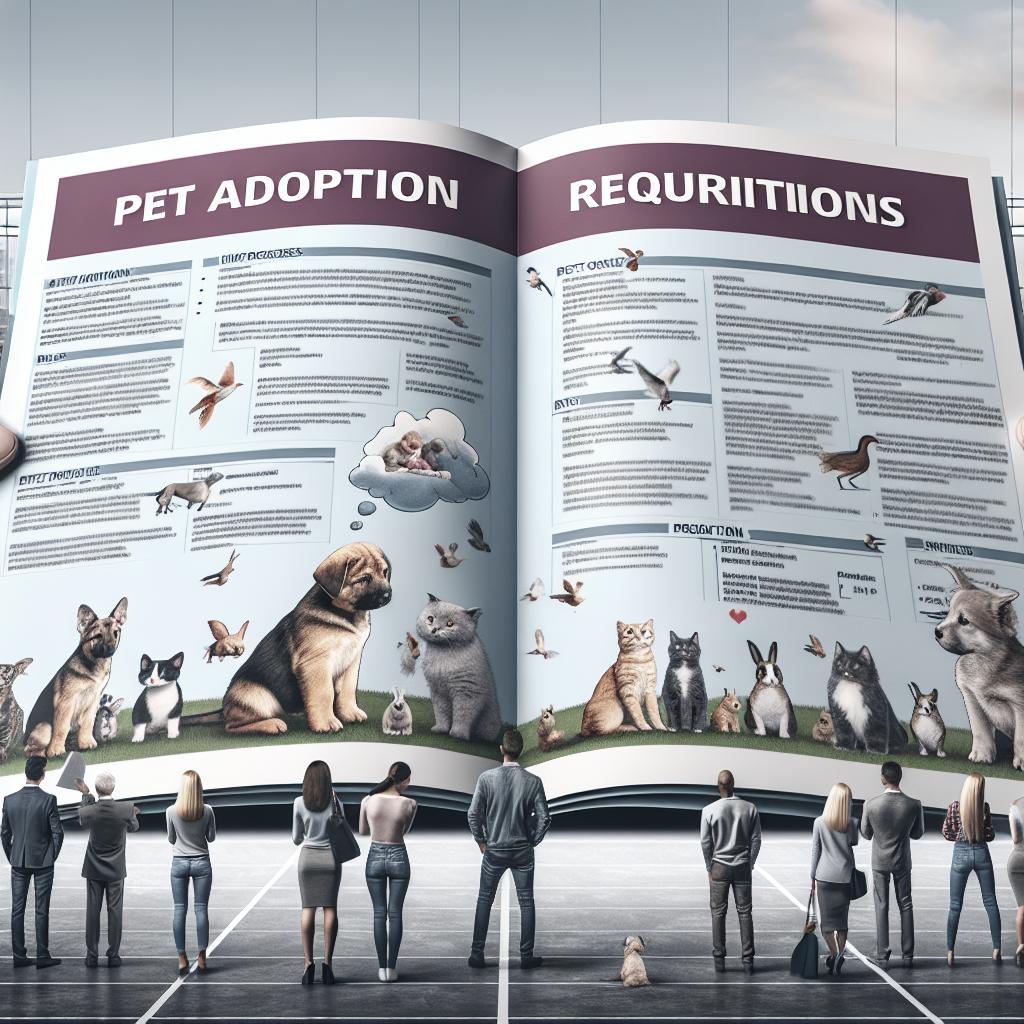<>
Training a rescue dog can be an incredibly rewarding experience, but it’s not without its challenges. From providing them a gentle, understanding environment to setting clear boundaries and ensuring proper training, the process involves multiple steps. This blog post will guide you through these steps, starting from the initial adjustment period and moving to more structured training methods. Topics covered include setting boundaries, getting on a schedule, assuming your rescue dog has no prior training, using crate training, and enrolling in an obedience class. Additionally, we’ll tackle common problems and proofing behavior, as well as frequent mistakes to avoid. By the end of this post, you’ll have a solid roadmap for how to effectively train your rescue dog.
Expect a Period of Adjustment
Bringing a rescue dog into your home necessitates patience and understanding. These dogs often come from difficult backgrounds and need time to adjust to their new environment. This period can vary widely from one dog to another but typically involves the dog feeling wary or anxious. You may notice signs such as hiding, reluctance to eat, or excessive barking, which are completely normal during this phase. During this adjustment period, it’s paramount to provide a safe and quiet space for your new dog to retreat to. Avoid overwhelming them with too many new experiences or people. Instead, let them explore and get used to their new surroundings at their own pace. This supportive environment will help them build trust and feel more secure.
Set Boundaries
Boundaries are crucial for creating a structured environment in which your rescue dog can thrive. Begin by establishing rules about where your dog can go, such as which rooms are off-limits. Consistency is key; every member of the household should be aware of these rules and adhere to them strictly to ensure clear communication. Alongside physical boundaries, be clear about behavioral expectations. Use positive reinforcement to encourage good behavior and discourage undesirable actions. For instance, reward your dog when they stay off the furniture or follow commands. Over time, these boundaries will help your dog understand their place within the household and build a sense of stability.
Get on a Schedule
Dogs thrive on routine, especially rescue dogs who may have never had stable schedules before. Create a daily routine for feeding, walking, training, and playtime. A consistent schedule helps your dog understand what to expect, reducing anxiety and making them feel more secure. Feeding times should be regular, and it’s beneficial to establish a bathroom schedule as well. Walks should happen around the same times every day. Training sessions, though they can be flexible in terms of timing, should still occur daily to reinforce learning. Consistency is comforting for dogs, and your rescue dog will soon adapt, finding solace in the predictability of their new life.
Assume It Has No Training
When you adopt a rescue dog, it’s safest to assume they have no prior training. This ensures you cover all basic commands and behaviors from scratch. Start with quintessential commands such as “sit,” “stay,” “come,” and “no.” These basics form the foundation of good behavior and effective communication. Don’t rush the process; go at your dog’s pace and use positive reinforcement techniques. Rewards like treats, praise, or toys can be instrumental in motivating your dog to follow commands. Recognize that learning takes time, and consistency is critical to instill these commands as second nature.
Plan on Crate Training
Crate training can provide your dog with a personal safe haven, helping to manage anxieties and establish a routine. Introduce the crate in a positive manner, associating it with comfort and rewards rather than confinement. Make the crate inviting with a soft bed and toys, encouraging your dog to enter voluntarily. It’s important not to use the crate as a form of punishment. Gradually increase the amount of time your dog spends in the crate, starting with short intervals. This method helps them acclimate and view the crate as a secure space rather than a prison. Crate training can also simplify housebreaking and travel, making it a versatile tool in your training arsenal.
Enroll in Obedience Class
An obedience class offers a structured environment where your dog can learn essential commands and socialization skills. These classes can provide professional guidance, especially useful if you’re unfamiliar with training techniques. Frequent interactions with other dogs and people can foster positive social behavior and reduce any existing anxieties. Obedience classes also benefit you as the dog owner, educating you on how better to communicate with your pet and address various issues. The structured environment helps reinforce the training done at home, ensuring your dog continues to learn and adapt effectively.
Problems and Proofing Behavior
Even the best-trained dogs can exhibit unwanted behaviors. It’s important to recognize that problems like jumping, barking, or chewing can arise, particularly in a rescue dog still adapting to new surroundings. Identifying the root cause of these behaviors is the first step in addressing them effectively. Proofing behavior involves reinforcing good habits in different environments and situations. For instance, practice commands and good behavior in varied settings, from your backyard to busy parks. This ensures your dog understands and responds appropriately, no matter the distractions or changes in their environment. Continuous reinforcement and patience are the cornerstones of effective behavior proofing.
Common Mistakes
Training a rescue dog can be fraught with common mistakes. One frequent error is inconsistency; all household members must follow the same rules and procedures. Another mistake is using punishment instead of positive reinforcement, which can increase fear and anxiety in rescue dogs. Omitting regular training sessions can also be detrimental. Consistency in training is vital for establishing and maintaining good behaviors. Lastly, failing to address issues promptly can allow bad habits to set in, making them harder to correct in the long run. Recognizing and avoiding these mistakes can vastly improve the training experience for both you and your rescue dog.
Lessons Learned
| Aspect | Key Points |
|---|---|
| Expect a Period of Adjustment | Provide a safe, quiet space; be patient and avoid overwhelming the dog. |
| Set Boundaries | Establish clear physical and behavioral boundaries; use positive reinforcement. |
| Get on a Schedule | Create a consistent daily routine for feeding, walking, and training. |
| Assume It Has No Training | Start with basic commands; use positive reinforcement. |
| Plan on Crate Training | Introduce crate as a positive space; avoid using it as punishment. |
| Enroll in Obedience Class | Structured learning and socialization; professional guidance. |
| Problems and Proofing Behavior | Identify root causes of bad behavior; practice commands in various settings. |
| Common Mistakes | Avoid inconsistency, punishment, missed training sessions, and unaddressed issues. |


